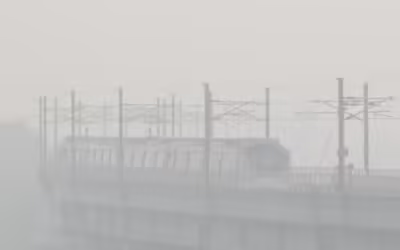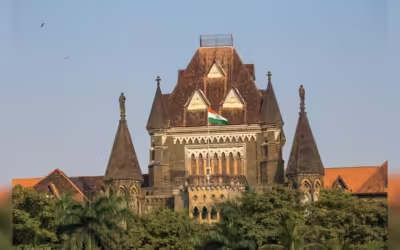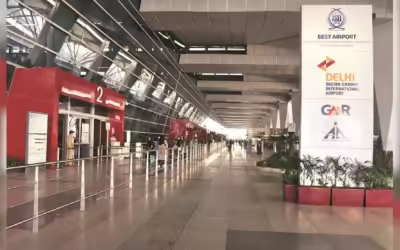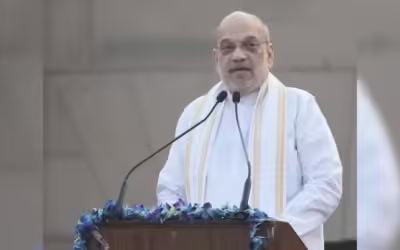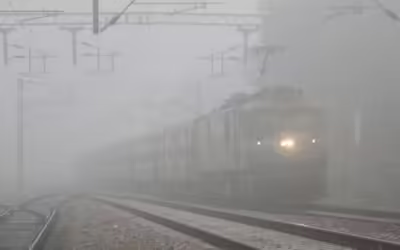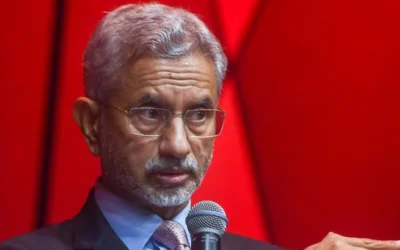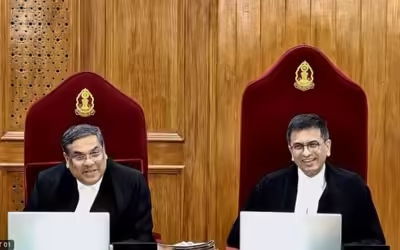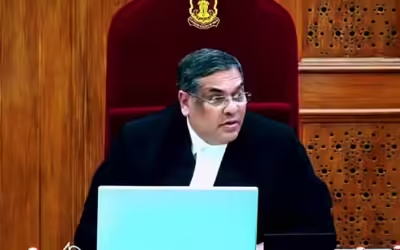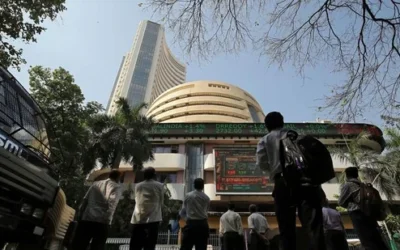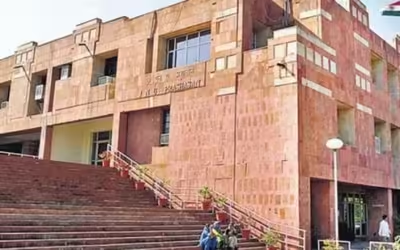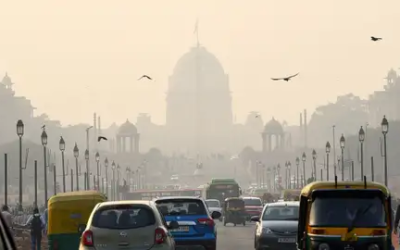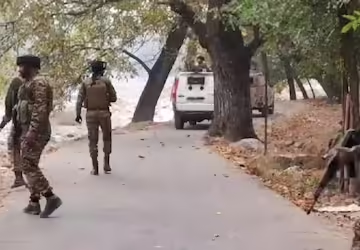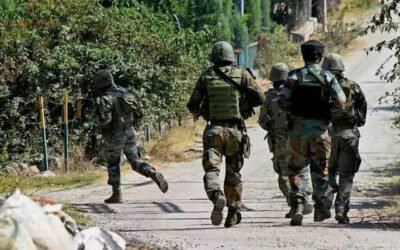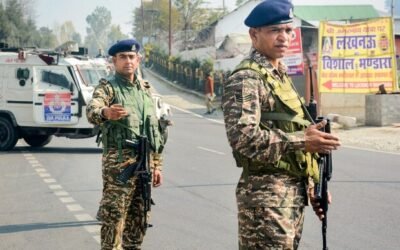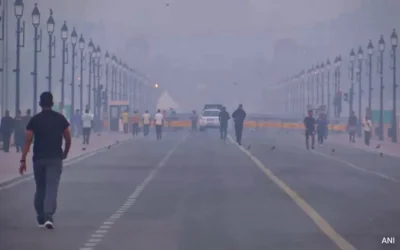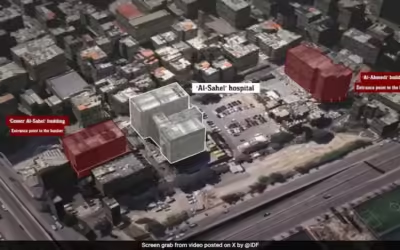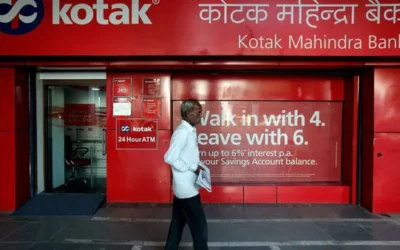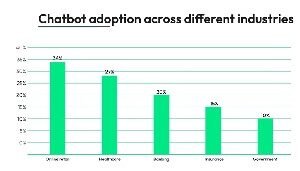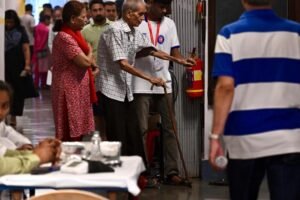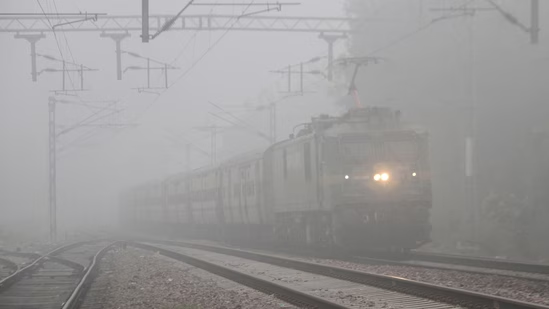Delhi air pollution: Delhi residents woke up to ‘severe’ air quality on Thursday morning (November 14), a day after the national capital recorded the worst AQI in the country, with dense smog blanketing the NCR, reducing visibility. On Wednesday, the Air Quality Index (AQI) turned ‘severe’ for the first time this season, even as the central pollution watchdog attributed the deterioration to an “unprecedentedly dense” fog and described it as an “episodic event”.
According to the Central Pollution Control Board (CPCB) data, the AQI in Delhi’s Anand Vihar was 466 (‘severe plus’) at 10am on Thursday.
Aya Nagar, Ashok Vihar, and Wazirpur are some of the areas that recorded the worst air quality in Delhi. The air quality crosses over 400, which falls under the severe category.
The Commission for Air Quality Management (CAQM), however, opted not to enforce Stage 3 of the Graded Response Action Plan (GRAP), which includes measures like halting in-person classes for primary schools and imposing a blanket ban on construction activities.
Data from the CPCB showed that the AQI, which averaged 418 at 4pm, worsened to 436 (in the “severe” category) by 6pm and escalated to 454 (reaching “severe plus”) by 9pm on Wednesday.
Notably, Stage 4 of GRAP triggers when the 24-hour average AQI surpasses the “severe plus” threshold, according to the CPCB’s 4 pm daily bulletin. Currently, authorities have kept GRAP Stage 2 in effect since October 22.
Stage 3 of Grap, typically introduced on “severe” air quality days, enforces a ban on construction and demolition, allows states to suspend in-person classes for students up to Class 5, and stresses the need for enhanced public transportation.
Delhi’s 24-hour AQI
Delhi’s 24-hour AQI, recorded at 4pm every day, stood at 418, up from 334 the previous day.
The CAQM said that stronger winds should help reduce pollutant concentration starting Thursday, with the AQI expected to drop back to the “very poor” category.
“After a comprehensive review, the sub-committee decided to closely monitor the situation before implementing Stage-3 of GRAP and will reassess the status on Thursday,” the CAQM said in a post on X.
In another post on the microblogging platform, the CAQM said its sub-committee noted the steep rise in Delhi’s AQI owing to this “episodic event” since morning.
On Wednesday, the national capital experienced its first dense fog and lowest daytime temperature of the season, trapping pollutants.
The maximum temperature in Delhi (Safdarjung) dropped from 32.8 degrees Celsius on Tuesday to 27.8 degrees Celsius on Wednesday.
Bihar’s Hajipur, with an AQI of 417, had the second-worst reading in the country on Wednesday, the Central Pollution Control Board’s (CPCB) data showed.
Of the 36 monitoring stations in Delhi, 30 recorded the air quality in the “severe” category, the CPCB said.
An AQI between zero and 50 is considered ‘good’, 51 and 100 ‘satisfactory’, 101 and 200 ‘moderate’, 201 and 300 ‘poor’, 301 and 400 ‘very poor’, 401 and 450 ‘severe’ and above 450 ‘severe plus’.
According to the CPCB, Delhi’s AQI was in the severe category for three days in January.
If the city’s air quality remains in the severe category on Thursday, authorities may impose restrictions under the third stage of the GRAP, including a ban on construction and demolition activities and plying of BS-lll petrol and BS-IV diesel light motor vehicles.











